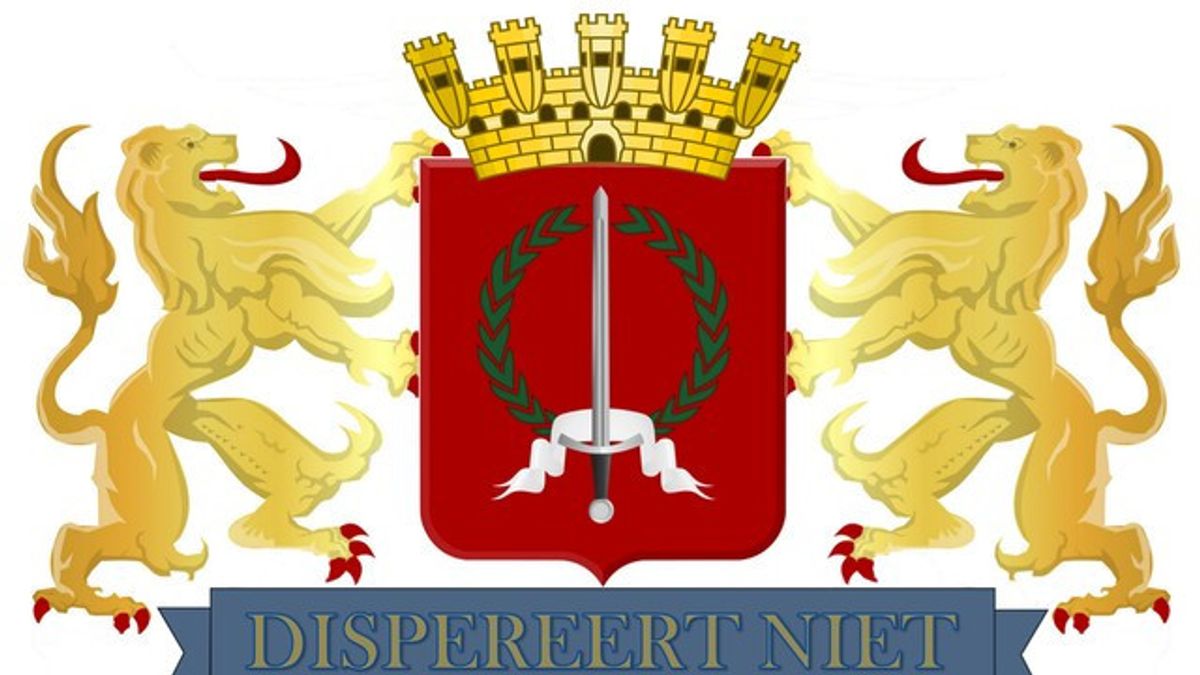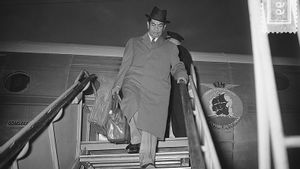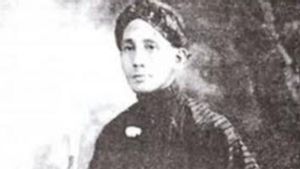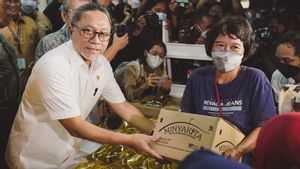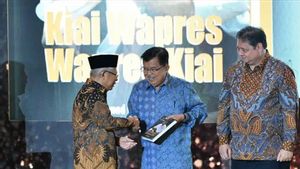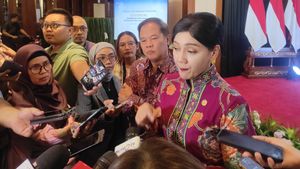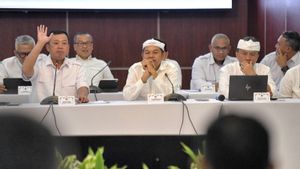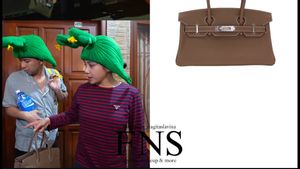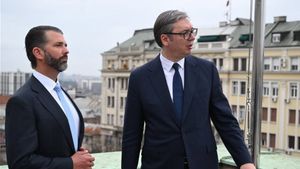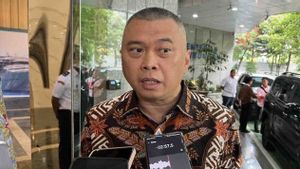JAKARTA History today, 403 years ago, August 15, 1620, the Dutch trading airline, the VOC introduced the Batavia City emblem. The emblem is marked by a sword painting in a shield with a bunch of wreaths.
The presence of the emblem is equipped with the motto Dispereert Niet: Don't Break Asa. Previously, Jan Pieterszoon Coen's ambition to control Batavia was unbearable. The Governor General perpetuated the war against Jayakarta and won. Jayakarta was then changed to Batavia City.
The wish of the Governor-General of the VOC who had served twice (1619-1623 and 1627-1629), Jan Pieterszoon Coen to build a colony of no two. The owner of power considers the presence of a colony to be important in perpetuating the monopoly of the VOC spice trade.
The initiative to find a strategic location in the archipelago was taken. The Company was then interested in Banten. Later, the Company was attracted to the vasal area of the Kingdom of Banten, Jayakarta. This interest made Coen launch a cunning strategy.
He tried to make friends with the local authorities. The agreement is profitable to perpetuate. The Company is allowed to live in Jayakarta. In fact, Kompeni secretly prepared a fort against Jayakarta.
The war test was perpetuated. The Company then with all its might against Jayakarta and finally won in 1619. Even though Coen had fled and brought additional troops from Maluku.
The victory made Coen immediately build Batavia City on the rubble of the ruins of Jayakarta's destruction. He wants to build Batavia like cities in the Netherlands. All so that the Dutch in Batavia who miss their hometowns can be cured.
Batavia, which was built on the former Jayakarta collapse by Jan Pieterszoon Coen, is an attempt to make an imitation of the Dutch city. The design of this city is simple functional with a network of straight roads and canals. Even the flow of the winding Ciliwung river is straightened out. From the point of view of the city where City Hall (Stadshuis) is at a point that profits the building is placed in a straight line with Fort (Kasteel) connected by the Ciliwung River.
Both are the most important buildings in Batavia at that time. Kasteel To eliminate the frenzy of traffic. City Hall was not placed right at the meeting of two crossing road axes, Nieuwpoortstraat (now Big Door) and the Leenwinnegracht canal connecting parts of the city to the West. Another well-posed road is intended as the main residential area (Tijgersgracht), while the Big Gate is a commercial road with a row of shops, written in a Tempo Magazine report entitled Building the Dutch City in Batavia (1971).
Coen is also serious about building Batavia. He prepared all kinds of city officials. The goal is that life in Batavia can be regular. Moreover, Coen wants life in Batavia to truly reflect the Dutch with maintained morale.
He also emphasized Batavia City as a serious project of Kompeni. Coen projects that Batavia's presence will create a Company for hoarding. As a form of seriousness, Coen then introduced the symbol of the city of Batavia on August 15, 1620. The symbol was then added by a typical motto of Coen: Dispereert Niet.
In addition to city government tools, city courts and others as outlined on the face, Batavia also has its own city symbol and stamp. The shape of the emblem was set by the central government on August 15, 1620 in the form of a painting of a sword on a shield, and the sword was wrapped with a bunch of flowers in brown and green colors.
"At a later time behind the shield a lion (as a symbol of a sovereign state) sitting on its feet holding the shield. Regarding the stamp used by Collele van Schepenen (City Council), in addition to painting the image of the symbol above, there is also writing on the edge in Latin that reads Sigillum Urbis Bataviae which means Batavia city stamp (stadszegel van Batavia), written in the book Sendjarah Pemerinta Kota Djakarta (1958).
اقرأ أيضا:
The English, Chinese, Japanese, Arabic, and French versions are automatically generated by the AI. So there may still be inaccuracies in translating, please always see Indonesian as our main language. (system supported by DigitalSiber.id)
